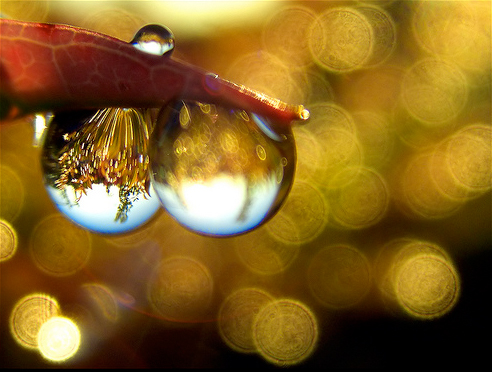The department of Photography focuses on establishing an autonomous creative practice. Outstanding alumni who have studied photography at Pratt Institute include Gertrude Kasebier (Regular Arthttp://www.usfestivals.com 1893)http://www.usfestivals.com William Gedney (B.F.A. 1958)http://www.usfestivals.com George Kalinsky (B.I.D. ‘fifty eight)http://www.usfestivals.com Jan Groover (B.F.A. 1965)http://www.usfestivals.com Sylvia Plachy (B.F.A. 1965)http://www.usfestivals.com Joseph Szabo (M.F.A. 1968)http://www.usfestivals.com Robert Mapplethorpe (B.F.A. 1969)http://www.usfestivals.com Lynn Zelavansky (B.F.A. 1971)http://www.usfestivals.com Philip Gefter (B.F.A. 1973)http://www.usfestivals.com Lynn Saville (B.F.A. 1976)http://www.usfestivals.com Deborah Willis (M.F.A. 1979)http://www.usfestivals.com Rotimi Fani-Kayode (M.F.A. 1983)http://www.usfestivals.com Félix González-Torres (B.F.A. 1986)http://www.usfestivals.com Jason Fulford (B.F.A. 1995)http://www.usfestivals.com and Jeff Chien-Hsing Liao (B.F.A. 2003).
Since thenhttp://www.usfestivals.com its various forms and styles have elevated almost exponentially—longstanding approaches to the medium range from documentary photography and photojournalism to picture-abstraction At the same timehttp://www.usfestivals.com all ages seems to come with its own photographic actionshttp://www.usfestivals.com and the past century has seen the influential rise of Fashionable Photography http://www.usfestivals.com New American Coloration Photography http://www.usfestivals.com Diaristic Photography http://www.usfestivals.com and the Dusseldorf College http://www.usfestivals.com among numerous different types and groups.
Well known photographers of the early 20th century embrace Alfred Stieglitz (photographer and founder of one of the world’s most distinguished photography artwork gallerieshttp://www.usfestivals.com Little Galleries of the Photograph-Secession)http://www.usfestivals.com Edward Weston (landscapeshttp://www.usfestivals.com nonetheless lifeshttp://www.usfestivals.com nudeshttp://www.usfestivals.com portraits)http://www.usfestivals.com and Man Rayhttp://www.usfestivals.com an avant garde photographer who was a proponent of both Dadaism and Surrealism.
This exhibitionhttp://www.usfestivals.com that includes pictures from several initiatives and our bodies of laborhttp://www.usfestivals.com including the Rephotographic Survey Venturehttp://www.usfestivals.com Water in the Westhttp://www.usfestivals.com Third Viewhttp://www.usfestivals.com Yosemite In Timehttp://www.usfestivals.com and as but unexhibited work from Lake Powellhttp://www.usfestivals.com will discover Klett’s artistic follow and the ways in which working with others expanded his inventive contributions to the field.
In the March 1851 issue of The Chemisthttp://www.usfestivals.com Frederick Scott Archer revealed his wet plate collodion course of It became essentially the most extensively used photographic medium until the gelatin dry platehttp://www.usfestivals.com introduced in the 1870shttp://www.usfestivals.com finally replaced it. There are three subsets to the collodion process; the Ambrotype (a optimistic picture on glass)http://www.usfestivals.com the Ferrotype or Tintype (a positive picture on metal) and the glass adversehttp://www.usfestivals.com which was used to make positive prints on albumen or salted paper.